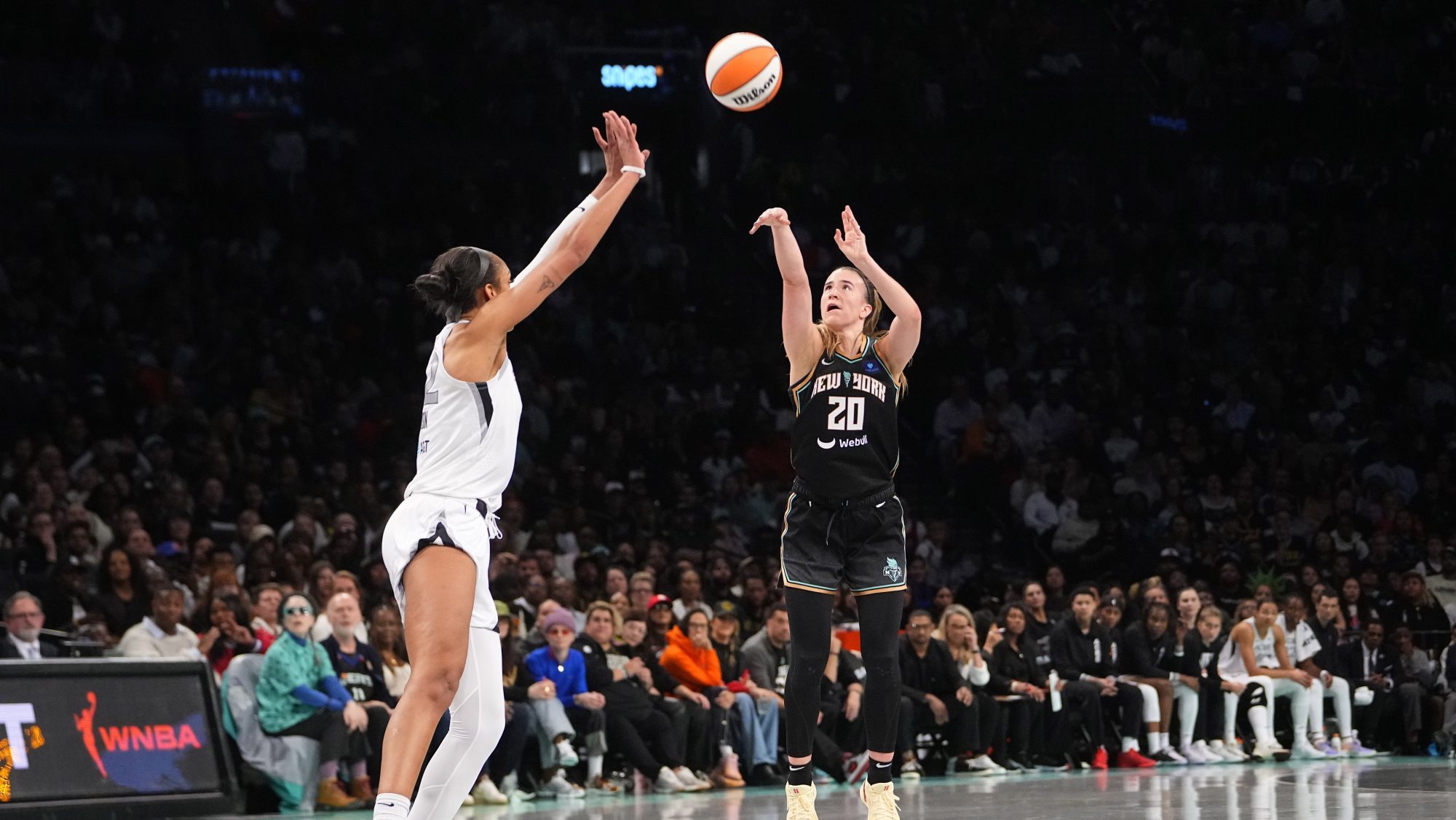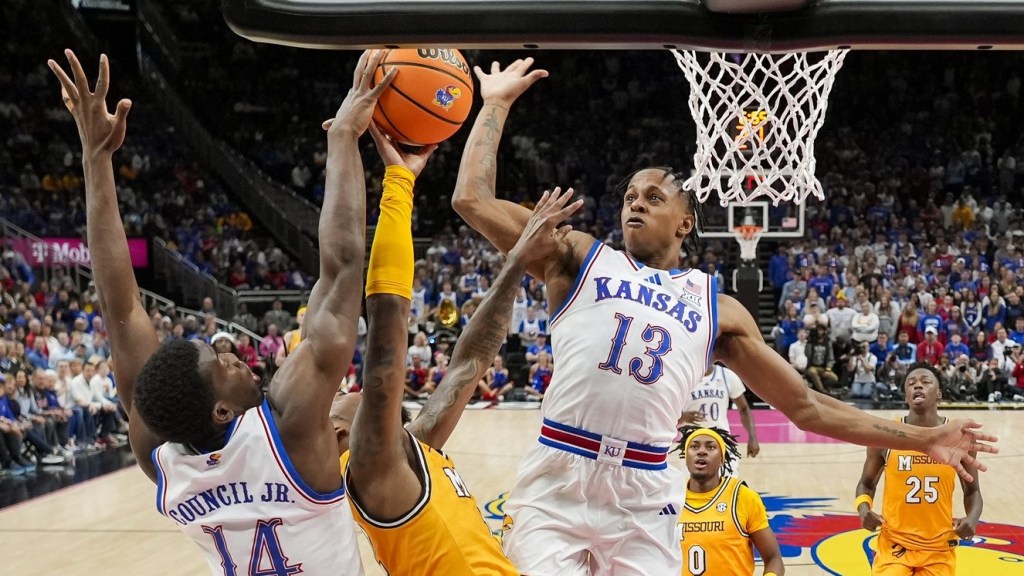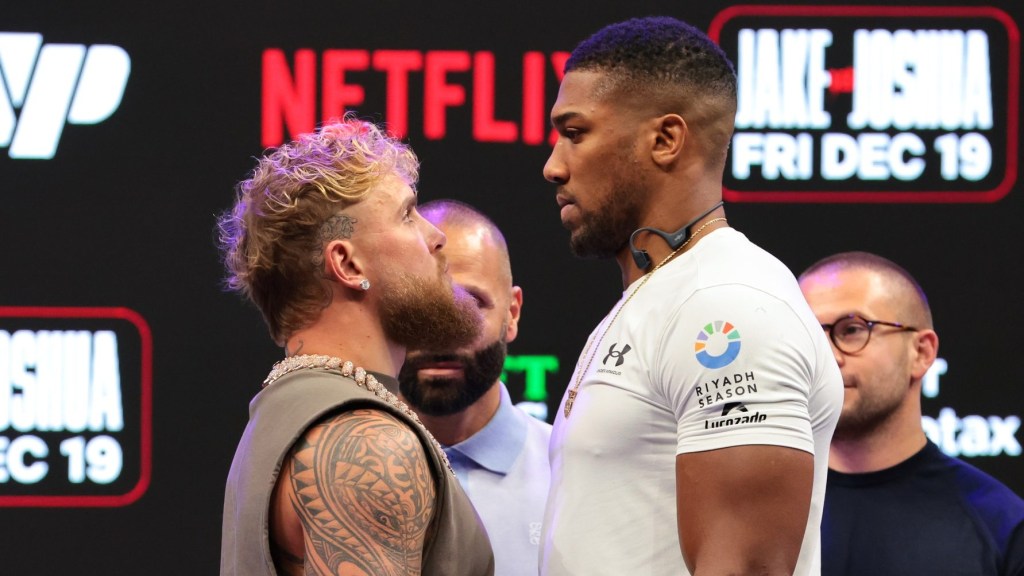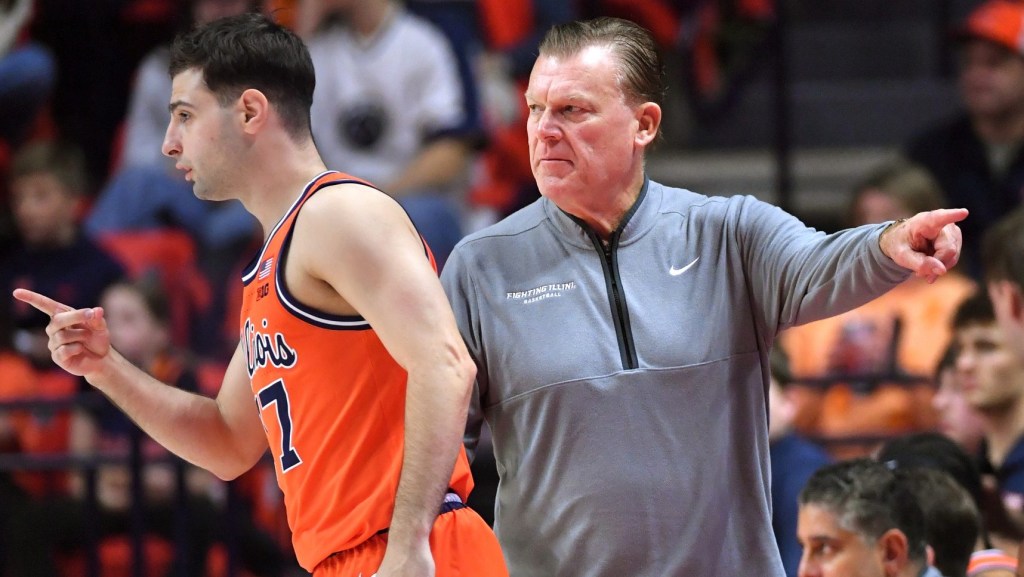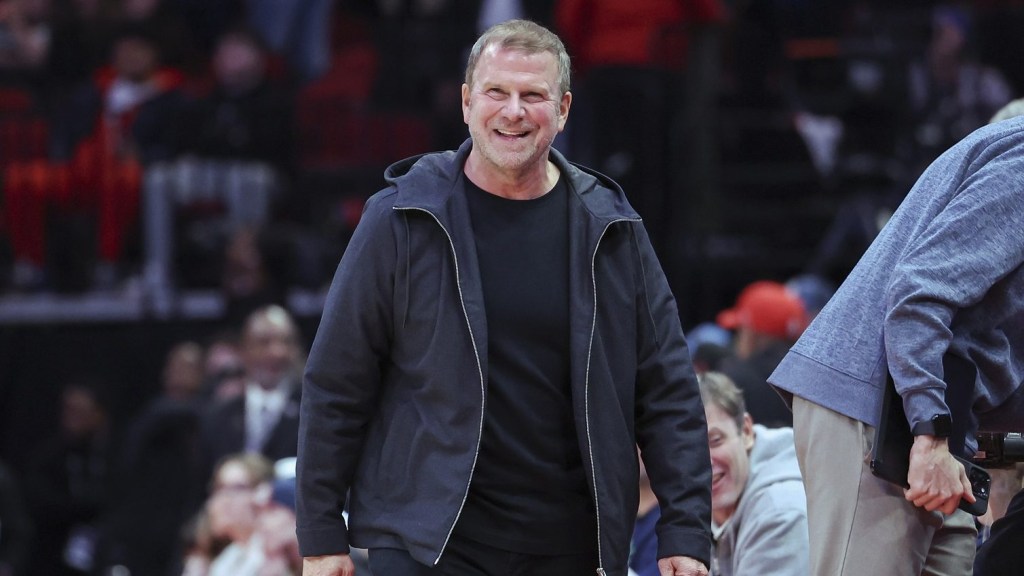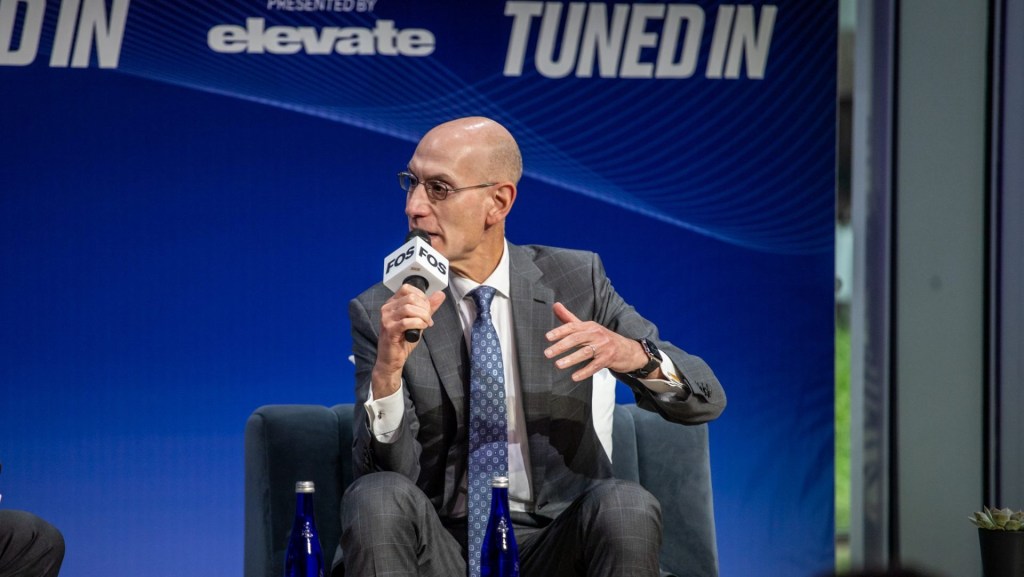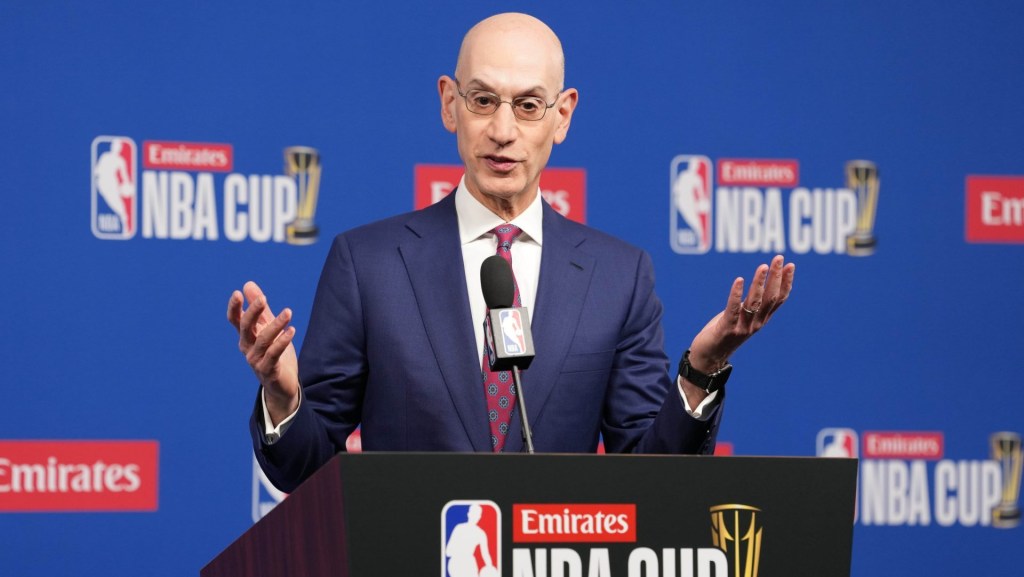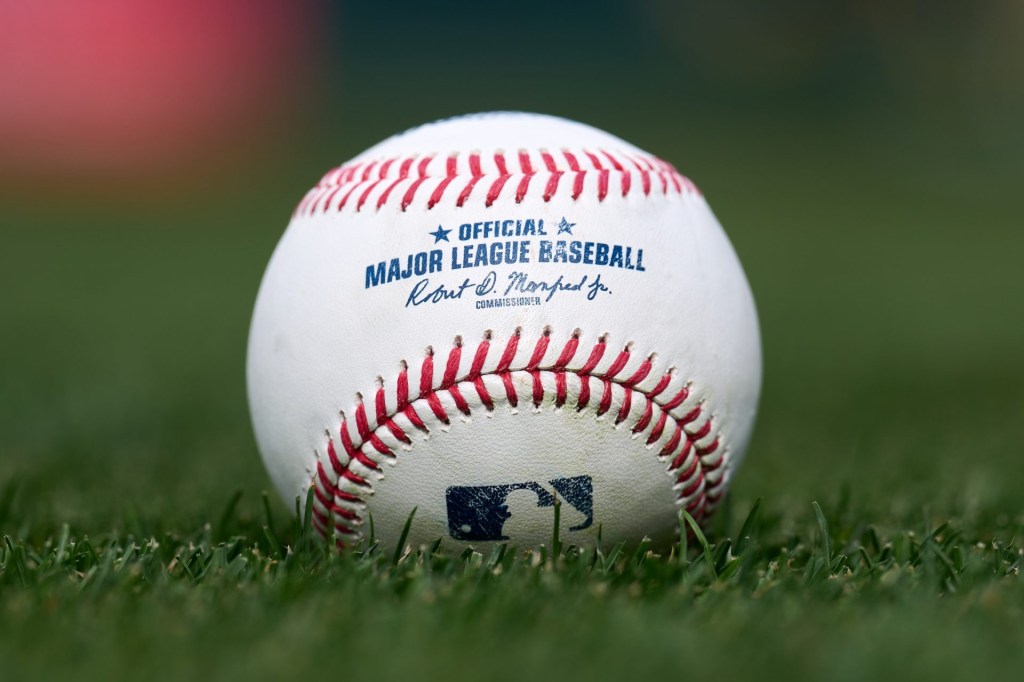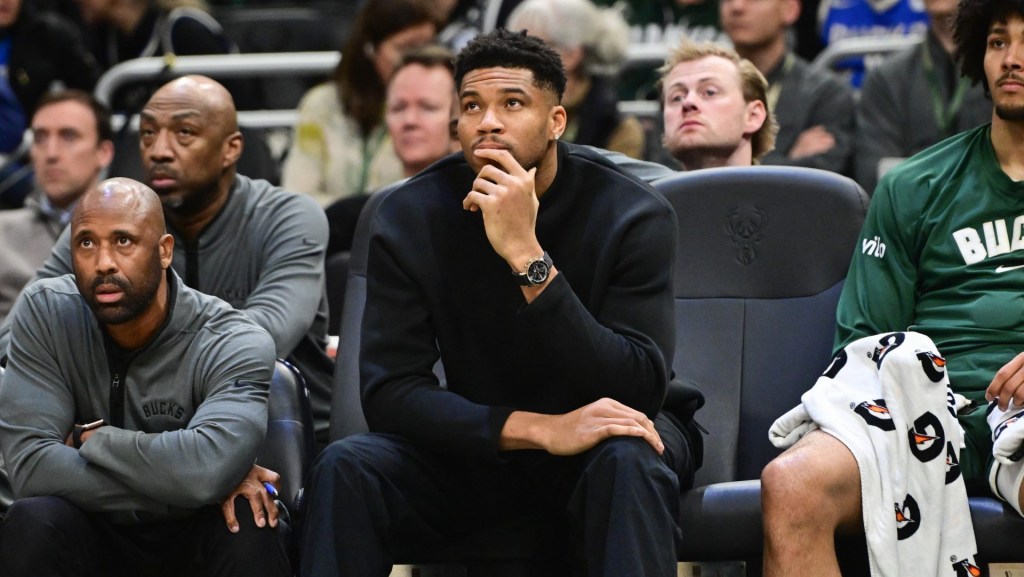From a business perspective, the 2024 season is the most important year in recent WNBA history.
The league hadn’t drawn a million viewers to a game since 2008. Then it hit that mark 22 times in the regular season alone, which helped the league ink an 11-year, $2.2 billion media-rights deal with ESPN, NBC, and Amazon in July (with an option to renegotiate three years in). Commissioner Cathy Engelbert instituted charter flights for every game, attendance soared, and national media coverage (and controversies) skyrocketed.
The league is also readying to begin its expansion era with Golden State, and Engelbert already announced the regular season will expand by four more games and the Finals will be a best-of-seven.
In many ways, the league’s hands are tied until 2026 when those media dollars come in: Critics will spotlight projected top draft pick Paige Bueckers’s base salary of $78,831; the WNBA will offer paltry player contracts compared to overseas women’s basketball leagues.
Still, several opportunities remain to continue the upward trajectory of this season while awaiting the explosion of cash.
Here are four looming business questions facing the WNBA and its teams this offseason:
What will the new CBA look like?
The morning after the New York Liberty won the WNBA Finals, the Women’s National Basketball Players’ Association opted out of its collective bargaining agreement. It’s a move many saw coming—of course the players are eager to get their fair share of media-rights dollars.
Arguably the largest question looming over negotiations is whether the players’ portion of revenue will increase. Unlike men’s leagues that evenly split league revenue with owners, only about 9% of it trickles down to players in the WNBA. The new deal, which triples the amount of money coming in, will definitely increase salaries, but increasing that percentage would be a huge win for the players. Could the league get its first million-dollar player in 2026, or might it institute cap-smoothing to ease into that money?
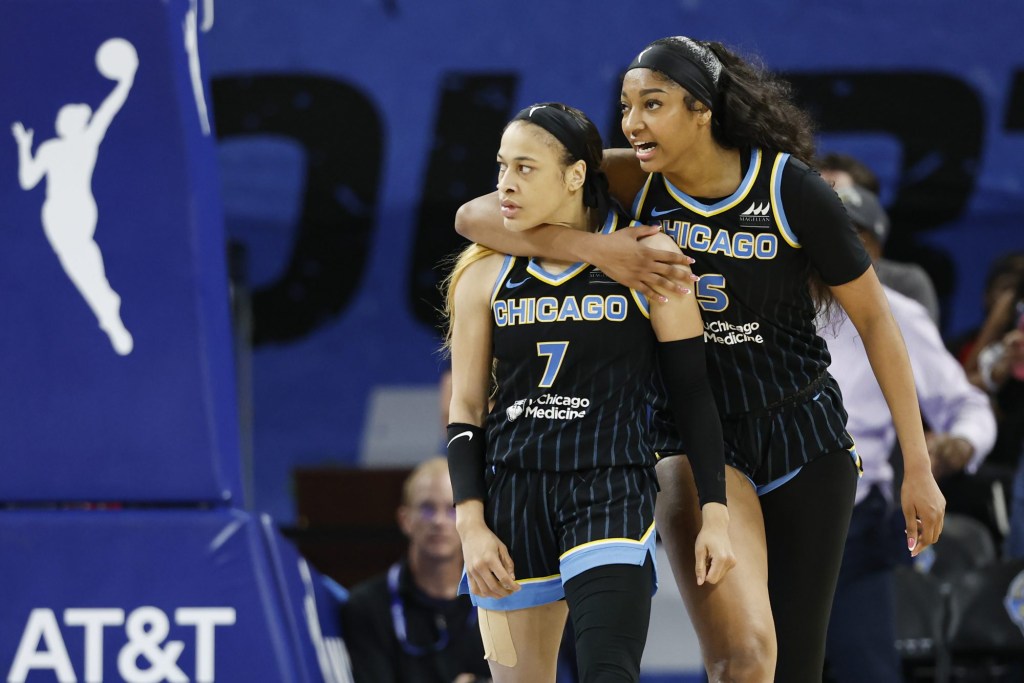
Other key areas of focus that the WNBPA identified are facilities, travel, and retirement and family planning benefits. The WNBA and the Las Vegas Aces are currently facing a lawsuit from Los Angeles Sparks player Dearica Hamby over alleged pregnancy discrimination. (The NWSLPA announced a new CBA in August that was remarkably player-forward, including getting rid of its draft and trades without player consent.)
The two sides have a year to negotiate a new deal before the current one expires at the end of next season.
Who will commit to upgrading their facilities?
One of the players’ association’s main points of emphasis heading into the new CBA is ensuring equal facilities. Similar to college sports, a facilities arms race has emerged in the WNBA, which affects where players choose to sign. The Seattle Storm and Phoenix Mercury joined Las Vegas this season in opening their own dedicated practice facilities.
Most WNBA teams are already housed in facilities with all the bells and whistles, either ones designed for them or shared with an NBA team. But the Dallas Wings and L.A. Sparks are still at college campuses, while the Chicago Sky and Connecticut Sun are in shared public spaces.
Chicago has consistently lost top talent, who cited the team’s practice spaces in a suburban recreation center as a reason why they left. The Sky announced in July they will build a $38 million practice facility from the ground up, set to open in December 2025. Wings president and CEO Greg Bibb said in April that his team is looking to get a new practice facility “that is on par with any NBA facility out there.” A spokesperson for the team confirmed to Front Office Sports that the Wings have “made significant progress in the planning and design of the new practice facility and will announce more specific details in the near future.” The team expects the new space to be ready by the 2026 season, the spokesperson said.
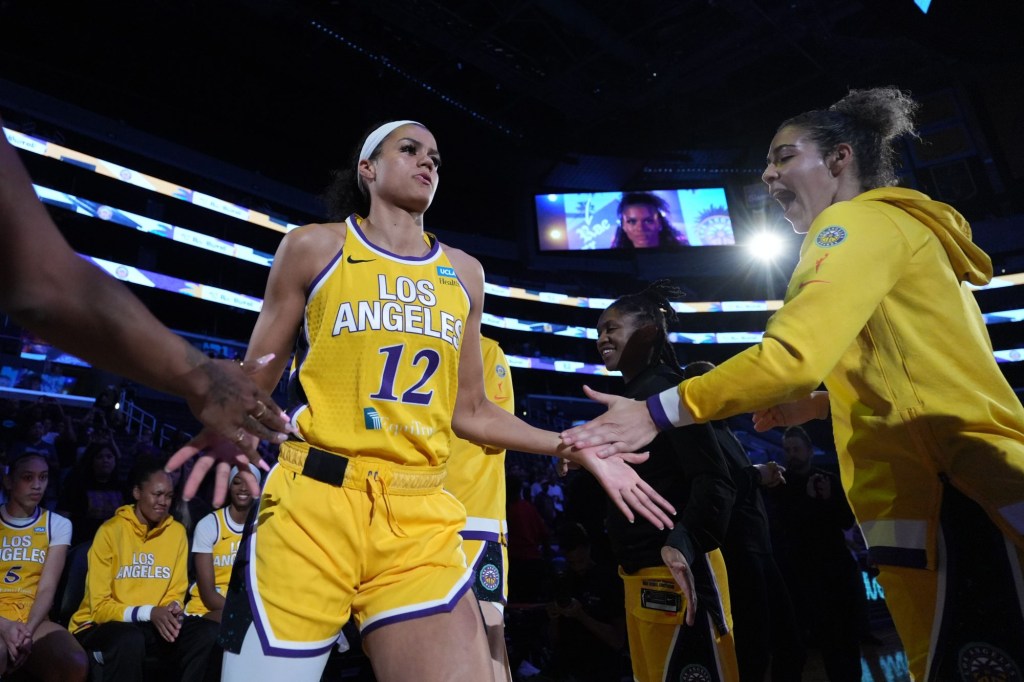
The Sparks, who practice at El Camino College, are ripe for their own facility. “If everything else is equal, Los Angeles is a great place for players, but they want their own space, their own locker room, their own training room, their own strength centers, and when they see where it exists in other places and not in L.A. … it just hurts,” former championship coach Brian Agler said in an Los Angeles Times column published last month. A spokesperson for the team did not respond to requests for comment.
The Sun are owned by the Mohegan Tribe and practice in a facility where members of the tribe get first priority, which has led to shared-use issues over the years. During the playoffs this year, for example, the Sun had to practice on a half court to accommodate a two-year-old’s birthday party. The Sun’s All-WNBA First Team point guard Alyssa Thomas called it the “ultimate disrespect” and has been outspoken this year that the team needs their own practice facility.
A spokesperson for the Sun tells FOS that the Mohegan Tribe is “aware of the investment level that is required for our organization to continue to move forward and remain one of the most successful and competitive teams in the league” and will share more information “when it becomes available.”
Will anyone consider moving to a bigger arena?
The WNBA Finals set an attendance record of 18,518 fans per game. That wouldn’t have happened if either of the other semifinalists had advanced.
There’s a huge disparity between arena sizes in the WNBA, where capacities range from 3,500 in Atlanta to more than 19,500 in Minneapolis. That’s why teams including the Dream, Mystics, Aces, Sun, Sparks, and Wings all changed venues for at least one game this year, mostly when Caitlin Clark came to town (the Sparks sped up renovation plans to hustle back to their full-sized arena in time for the Fever game).
Of the smaller arenas, the Wings announced earlier this year that they will move from their 6,251-seat home in Arlington to a new 9,816-seat arena downtown for the 2026 season. The Sun have maintained that they aren’t going anywhere, including Boston. That leaves the Atlanta Dream and the Washington Mystics as two teams with room for improvement, with capacities of 3,500 and 4,200 fans, respectively. Let’s be clear: These teams formerly played at the same venue as the NBA teams in their city but struggled to fill them, so they chose their current arenas to create a better atmosphere.
A spokesperson for the Dream told FOS that the team is open to a move after selling out every single home game this season, including two at State Farm Arena, and seeing a growing season-ticket wait list.
“As we look to 2025 and beyond, we will continue to find ways to give more fans access to see the Dream play in person. We are currently evaluating different opportunities — both short and long term — in the Atlanta market, including Gateway Arena, to determine what will create the best environment for our team and our fans,” the statement read.
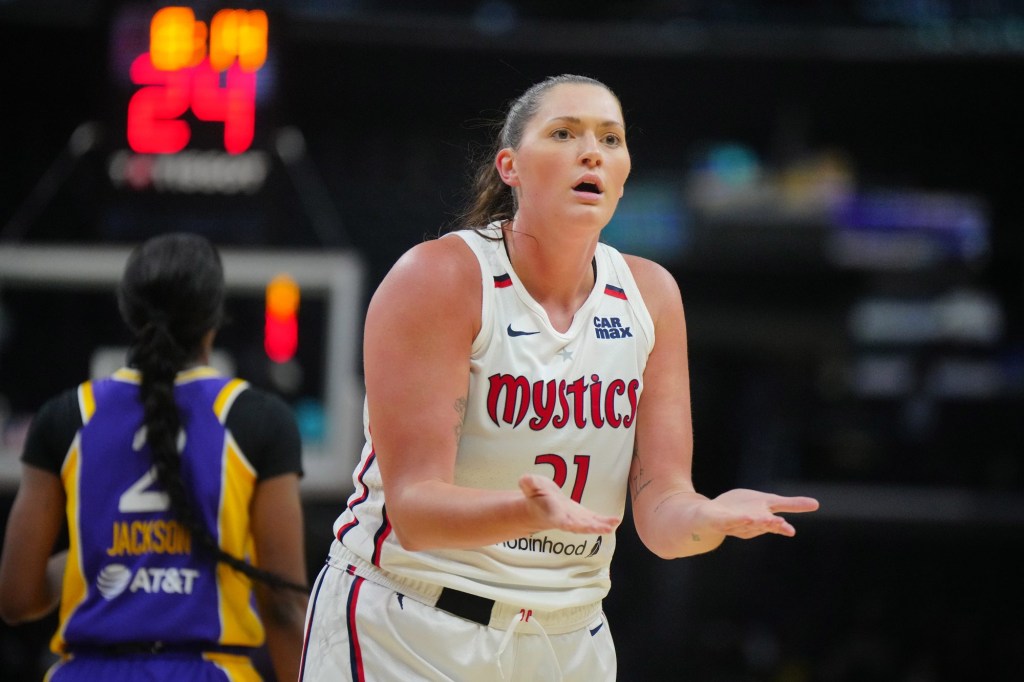
The Mystics’ Entertainment and Sports Arena is owned by the District of Columbia and operated by a company called Events DC, which manages several government properties in the city. The Mystics are locked into a lease with Events DC to practice and play at ESA through 2037.
Monica Dixon, the president of external affairs and chief administrative officer at Monumental Sports, tells FOS that they’re “in discussions right now” to try to increase the number of games the Mystics play outside of ESA and in Capital One Arena, where they played four times this year and set a new WNBA regular-season attendance record. Because of that lease, though, the Mystics aren’t quite able to make a full jump. A representative for Events DC did not immediately respond to a question about a potential amendment to the 2037 date.
Can the league invest deeper in the sports docuseries craze?
Sports docuseries have cemented themselves as a huge money-maker for streaming companies, but women’s basketball has yet to carve out a lane.
It’s not that the WNBA and its players haven’t been making long-form content. But that has largely existed on the league’s own platforms, and only a small number have made it to larger streamers, like Power of the Dream on Amazon Prime Video or the Sue Bird documentary on Netflix.
Could it be time for the league to renew its efforts in negotiating bigger content deals? Imagine a Starting 5 series with the WNBA’s stars. Or Apple TV+ announcing a WNBA Finals documentary similar to its upcoming plans for the Yankees-Dodgers World Series. There’s also been buzz that the NWSL’s The Offseason, a reality show for soccer stars, could expand to the WNBA. (The mastermind behind the show, NWSL player Midge Purce, did not respond to requests for comment.)
A sports docuseries could help keep the WNBA culturally relevant during its excruciatingly long offseason. Regardless, Unrivaled, the new 3-on-3 league tipping off in January, is placing a big focus on content on top of its deal with TNT Sports, all of which will help maintain some of the WNBA’s momentum until May.
